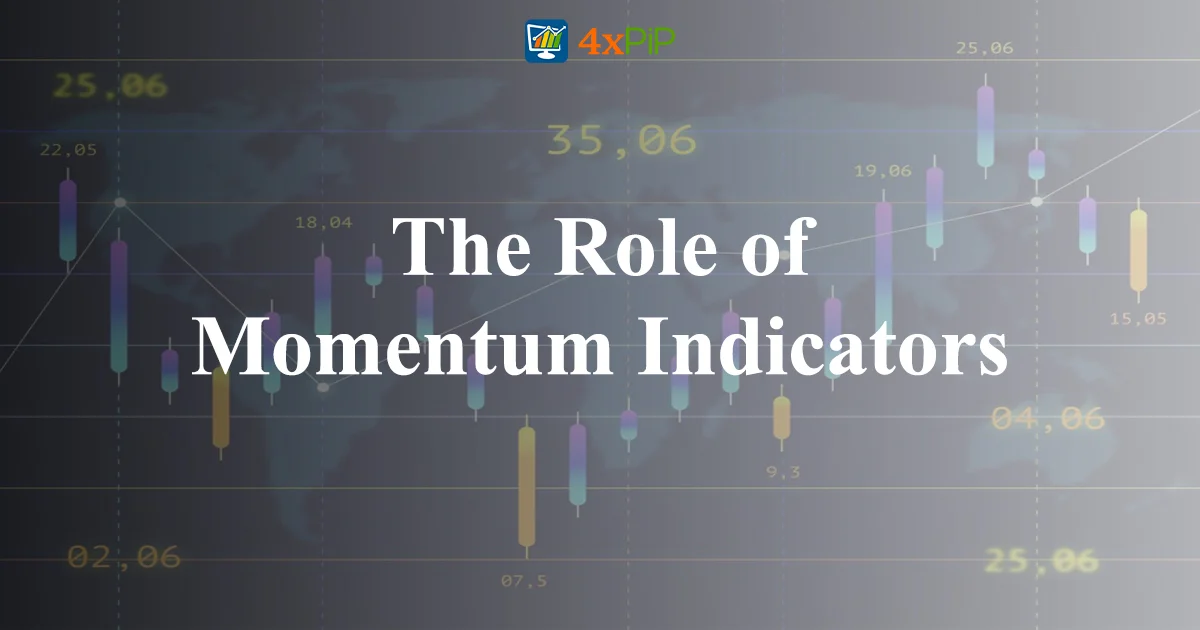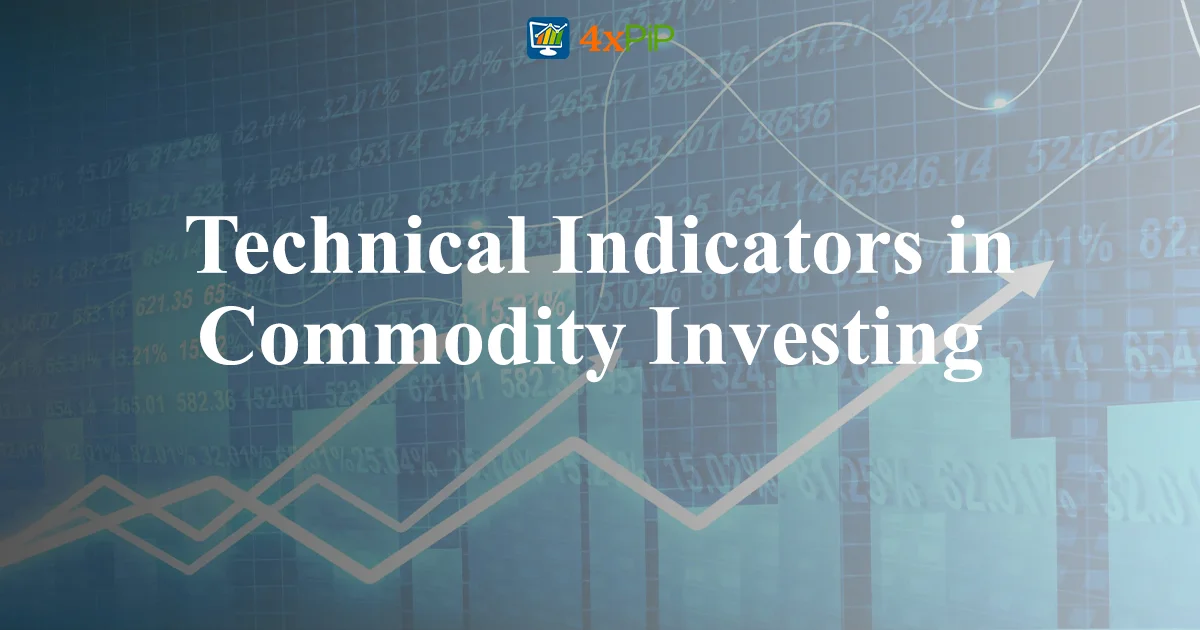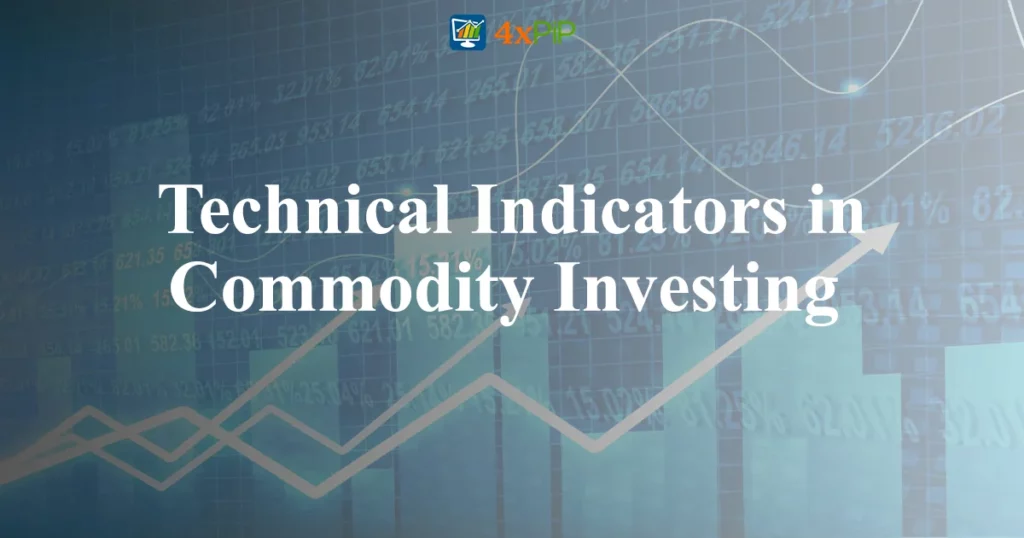Commodities, ranging from coffee to crude oil, offer a diverse landscape for traders, investors, and speculators. To maximize profitability, understanding both fundamental and technical analysis is crucial. In this comprehensive guide, we’ll explore the techniques employed by market participants for informed decision-making.
Fundamental Analysis vs. Technical Analysis:

Before delving into technical indicators, it’s essential to understand the distinction between fundamental and technical analysis. Fundamental analysis, ideal for long-term investments, relies on factors like demand-supply dynamics, economic policies, and financials. On the other hand, traders often turn to technical analysis for short-term decisions, analyzing past price patterns, trends, and volume to predict future market movements.
In the realm of commodities, fundamental analysis delves into the intricacies of supply chains, geopolitical events, and macroeconomic trends. For instance, understanding the impact of weather patterns on agricultural commodities or geopolitical tensions on oil prices is crucial for long-term investors. This analytical approach requires patience as it involves waiting for the market to react to underlying fundamental shifts.
Contrastingly, technical analysis is the go-to tool for traders seeking short-term opportunities. It focuses on historical price data, chart patterns, and market indicators. Traders utilizing technical analysis aim to capitalize on short-term price movements, making quick buy or sell decisions based on chart patterns and technical signals. This approach requires a keen eye for market trends, as technical analysts often work with shorter timeframes to identify optimal entry and exit points.
The Role of Momentum Indicators:

Momentum indicators play a pivotal role in commodity trading, aligning with the timeless wisdom of “buy low, sell high.” Divided into oscillators and trend-following indicators, these tools necessitate market identification before application. Recognizing whether the market is trending or ranging is crucial, as trend-following indicators may underperform in a ranging market, while oscillators can mislead in a trending one.
In the dynamic world of commodity markets, understanding market sentiment is key to successful trading. Momentum indicators, such as the Relative Strength Index (RSI) and Moving Average Convergence Divergence (MACD), provide valuable insights into the strength and direction of price trends. For example, during a bullish trend, RSI values above 70 may indicate overbought conditions, signaling a potential reversal. Traders must adapt their strategies based on the prevailing market conditions to effectively leverage momentum indicators.
Furthermore, identifying market trends requires a combination of technical analysis tools. For instance, a trader might use trendlines and moving averages to confirm the direction of the trend indicated by momentum indicators. This comprehensive approach enhances the accuracy of trading decisions, ensuring that traders align their strategies with the prevailing market dynamics.
Understanding the subtleties between trending and ranging markets is crucial for traders employing momentum indicators. In trending markets, traders may focus on riding the momentum, while in ranging markets, identifying potential reversals becomes paramount. The nuanced interplay between market identification and momentum indicators forms the foundation for successful commodity trading.
Moving Averages:
Moving averages (MA) stand as one of the simplest yet widely used indicators in technical analysis. Whether it’s a five-day or 40-day MA, these averages smooth out price fluctuations, revealing underlying trends. Acting as lagging indicators, MAs help observe price patterns, generating buy signals when prices cross above the MA and sell signals when the inverse occurs.
In the world of commodities, moving averages provide traders with a tool to filter out market noise and identify overarching trends. For example, a trader might use a combination of short-term and long-term moving averages to assess the overall trend in the price of a commodity. The convergence or divergence of these moving averages can signal potential shifts in market sentiment.
Moving averages also offer insights into the strength of a trend. A steeply rising MA suggests strong momentum, while a flattening MA may indicate a potential trend reversal. Traders often use moving averages in conjunction with other technical indicators to validate signals and enhance the robustness of their trading strategies.
Moreover, the choice of the type of moving average adds another layer of sophistication to technical analysis. Exponential moving averages (EMA), volume-adjusted moving averages, and linear weighted moving averages each provide unique perspectives on price trends. Understanding the characteristics of each type of moving average empowers traders to tailor their analysis to specific market conditions.
As a foundational tool in technical analysis, moving averages contribute to a trader’s ability to interpret price trends, identify potential reversals, and make informed trading decisions. Their simplicity, combined with versatility, makes moving averages an integral part of the toolkit for commodity traders navigating the complexities of the market.
Moving Average Convergence Divergence (MACD):
Developed by Gerald Appel, the Moving Average Convergence Divergence (MACD) serves as a trend-following momentum indicator. Calculated as the difference between 12-day and 26-day exponential moving averages, with a nine-day EMA as the signal line, MACD provides bullish signals when positive and bearish signals when negative. Crossovers and histogram analysis offer nuanced insights into market trends.
In the realm of commodities, the MACD indicator adds a layer of sophistication to momentum analysis. Trader’s leverage MACD not only to identify the direction of a trend but also to gauge the strength of the prevailing momentum. For instance, a rising MACD histogram indicates increasing momentum in an uptrend, signaling potential buying opportunities. Conversely, a declining histogram in a downtrend suggests waning momentum, serving as a warning for potential trend reversals.
The concept of MACD crossovers further refines the timing of entry and exit points for traders. A bullish crossover, where the MACD line crosses above the signal line, suggests strengthening upward momentum and potential buying opportunities. On the contrary, a bearish crossover, when the MACD line falls below the signal line, signals potential bearish sentiment and prompts traders to consider selling positions.
Additionally, the MACD histogram acts as a visual representation of the difference between the MACD line and the signal line. Positive values above the centerline indicate bullish momentum, while negative values below the centerline suggest bearish sentiment. Traders often use the histogram to confirm trends identified by the MACD and fine-tune their trading decisions.
While MACD is a versatile tool, traders must consider its limitations. During periods of low volatility, the MACD may generate false signals, necessitating a cautious approach. Combining MACD analysis with other technical indicators enhances its effectiveness, providing a more comprehensive view of market dynamics.
Relative Strength Index (RSI):
The Relative Strength Index (RSI), a popular momentum indicator, gauges overbought and oversold conditions on a scale of 0 to 100. Traders often consider markets overbought above 70 and oversold below 30. Utilizing a 14-day RSI, traders can identify divergence, failure swings, and potential reversals, making RSI a versatile tool when used in conjunction with other indicators.
In the realm of commodities, RSI acts as a valuable compass for traders navigating price extremes. Overbought conditions, often indicated by RSI values above 70, suggest that a commodity may be overvalued, potentially signaling a price correction. Conversely, oversold conditions, with RSI values below 30, may indicate undervaluation and signal potential buying opportunities.
“Divergence in RSI analysis happens when commodity prices hit new highs or lows, but RSI doesn’t follow, indicating a weakening trend. Traders watch RSI for early warnings of market sentiment changes.
Failure swings, another aspect of RSI analysis, occur when the RSI falls below its previous low in a downtrend or rises above its previous high in an uptrend. This confirmation of RSI movement strengthens the signal of an impending trend reversal, providing traders with additional confidence in their decision-making.
Moreover, RSI’s applicability extends beyond identifying overbought and oversold conditions. When combined with other indicators, such as moving averages, RSI enhances the robustness of trading strategies. Short-term traders and long-term investors alike can leverage RSI as a versatile tool in their toolkit, adapting its application to suit their preferred trading style and market conditions.
Stochastic:
Developed by George Lane, the Stochastic indicator leverages price range observations to predict potential market movements. With %K and %D lines, Stochastic generates signals through crossovers, indicating bullish trends when %K surpasses %D and bearish trends in the opposite scenario. Recognizing bottom and top shapes further refines Stochastics predictive capabilities.
Stochastic, in the context of commodity investing, provides traders with a unique perspective based on price range dynamics. By comparing the closing price to the most recent price range, Stochastic helps identify potential turning points in the market. Traders often use Stochastic in combination with other indicators, such as RSI, to corroborate signals and enhance the reliability of their analysis.
The %K and %D lines in Stochastic serve as key components of the indicator. The %K line, representing the closing price relative to the recent price range, offers a more immediate reflection of price momentum. On the other hand, the %D line, a smoothed version of the %K, is considered more significant in signal generation. Crossovers between %K and %D lines signal changes in market sentiment, with bullish crossovers indicating potential upward momentum and bearish crossovers signaling potential downward trends.
Divergence, a concept familiar from RSI analysis, also plays a role in Stochastic interpretation. When the price reaches new highs or lows, but the Stochastic fails to follow suit, divergence suggests a weakening trend and potential market reversals. Traders employing Stochastic as part of their analysis often pay attention to divergence patterns to fine-tune their trading decisions.
Additionally, recognizing specific shapes in Stochastic bottoms and tops contributes to the indicator’s effectiveness. A deep and broad bottom, for example, may indicate strong bearish sentiment, potentially signaling a weak and short-lived rally. Traders skilled in interpreting these shapes gain valuable insights into the strength and sustainability of potential market movements.
Stochastic, while a powerful tool, requires an understanding of its limitations. During strong trending periods, Stochastic may generate false signals, underscoring the importance of aligning its use with prevailing market conditions. Combining Stochastic analysis with other technical indicators enhances its effectiveness, empowering traders to make well-informed decisions in the dynamic landscape of commodity markets.
Bollinger Bands:
John Bollinger’s creation, Bollinger Bands, emerges as a valuable indicator for measuring overbought and oversold conditions in the market. Consisting of a centerline (trend), an upper resistance line, and a lower support line, Bollinger Bands dynamically respond to market volatility. Traders keen on detecting turning points in a range-bound market find Bollinger Bands particularly useful.
Buying opportunities arise when prices touch the lower band while selling signals occur when prices hit the upper band. However, traders must exercise caution, especially in trending markets, where Bollinger Bands may produce false signals due to significant price movements. As markets shift, the adaptability of Bollinger Bands shines, making them apt for low-frequency trend following. Traders venturing into the complex world of technical analysis find Bollinger Bands to be a valuable addition to their toolkit.
Summary:
In the multifaceted world of commodity investing, mastering technical indicators is a pivotal step toward success. Indicators offer unique insights. The strategic combination is crucial for a holistic market understanding. Traders need continuous learning for technical analysis. Remember, technical analysis is not a static skill but a dynamic one that evolves with market trends. For additional guidance and tools, traders can explore reputable sources like 4xPip, a trusted platform providing valuable resources for traders. Reach out to their experts at [email protected] for personalized assistance on your commodity trading journey.





